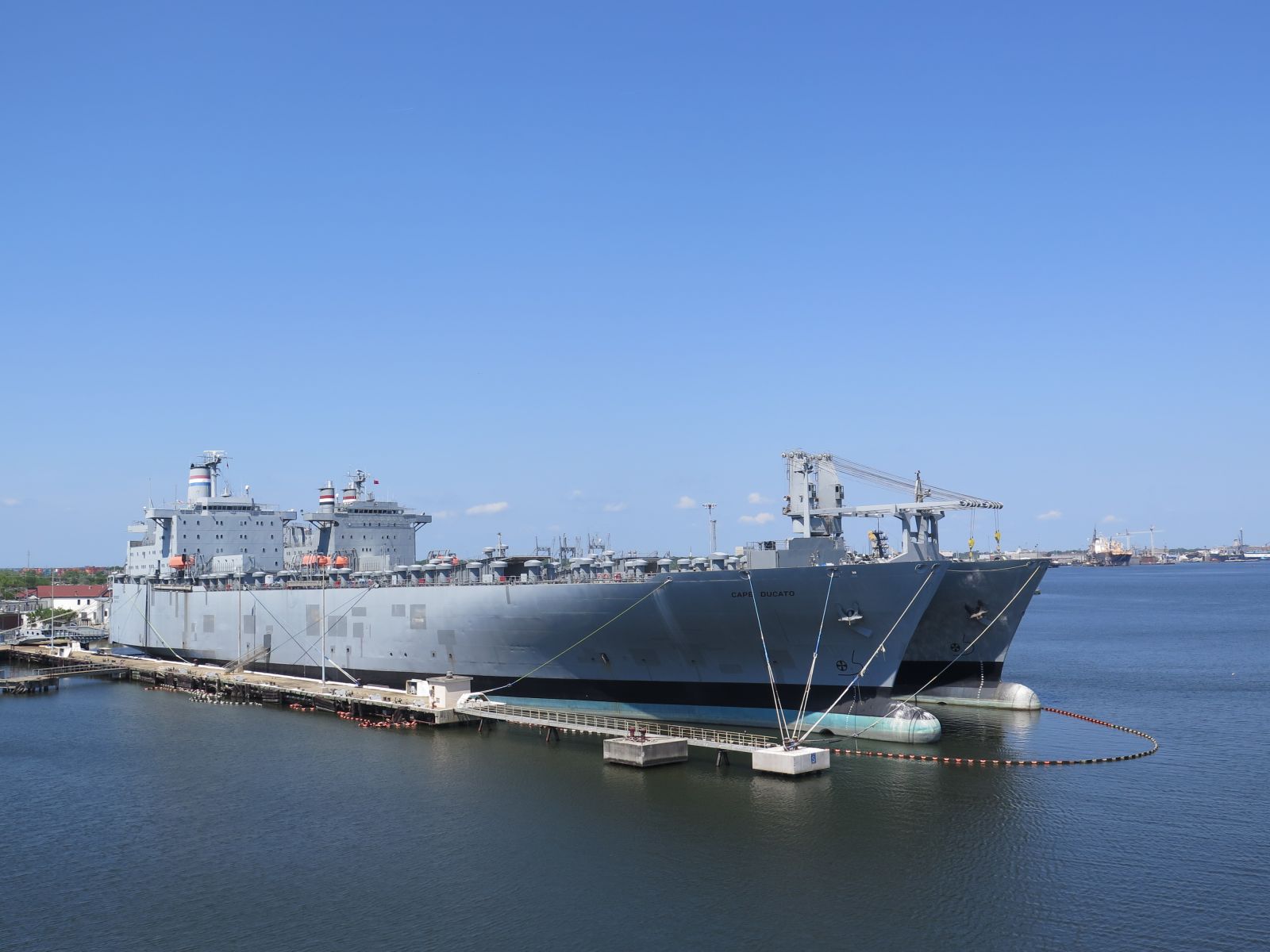Will the Next Ready Reserve Ships be American-Made?
As it prepares to vote on a military budget for 2018, Congress is considering the recapitalization of the Ready Reserve Force (RRF) – the aging fleet of inactive ships that the U.S. Maritime Administration maintains on behalf of Military Sealift Command. These cargo vessels are kept ready to deploy at short notice and have played an important role in military and humanitarian operations, but they spend most of their lives in layup. The planned replacement of these ships – many of which are in their fourth decade in service – raises the question of whether the next vessels will be American-made.
In a briefing paper early this year, Gen. Darren W. McDrew (USAF), commander of Transportation Command, laid out the case for replacing the RRF's aging ships. First, he echoed the warnings that maritime industry, government and military officials have issued for years – that the U.S.-flag deep-sea fleet and the number of qualified American mariners are in decline, and may not be able to carry out a major military sealift if the trend continues. He laid out two additional options for sealift capacity: first, "using more foreign flagged international commercial vessels manned by foreign crews during crisis or war"; and second, "new approaches to preserving essential capabilities in the Ready Reserve Force, which among other options, may include non-US built vessels."
The majority of the current RRF fleet is made up of European and Japanese-built vessels. Most are ro/ros, bought used in the 1980s and 1990s from commercial operators like the Barber Steamship Company. They meet an important Defense Department requirement for vehicle transport: for an overseas deployment, each Army heavy brigade needs about five ro/ros to transport its equipment. This capacity was critical in the run-up to the Persian Gulf War, when 79 RRF ships were activated, crewed with American mariners and deployed. These vessels carried about a quarter of the equipment and half of the ammunition for Desert Shield/Desert Storm.

At a meeting of the House Seapower subcommittee on Wednesday, Congressman John Garamendi (D-CA) expressed concern about buying foreign-built ships for the RRF. "Of great concern to me is that we maintain a very important part of Navy shipbuilding, and that is that they are American made," Rep. Garamendi said. "The Ready Reserve Fleet is part of the Navy, and some of the proposals that have been put forward would allow non-American made ships to replace ships that are aging out in the Ready Reserve Fleet. I think this is something that we should consider carefully before we allow an opening in what is an extremely important barrier."
If suitable U.S.-made hulls are not available, Garamendi raised the possibility that these reserve ships could even be newly built in America. "This is something I hope that we would pursue together to assure that the American shipbuilding industry is busy making not only the [Navy] ships . . . but also the Ready Reserve ships that will have to replace those that are aging out,” he said. The congressman has not yet proposed legislation to formalize this policy, but his subcommittee will take up the issue next week as the House moves toward a final version of the annual defense spending bill.
